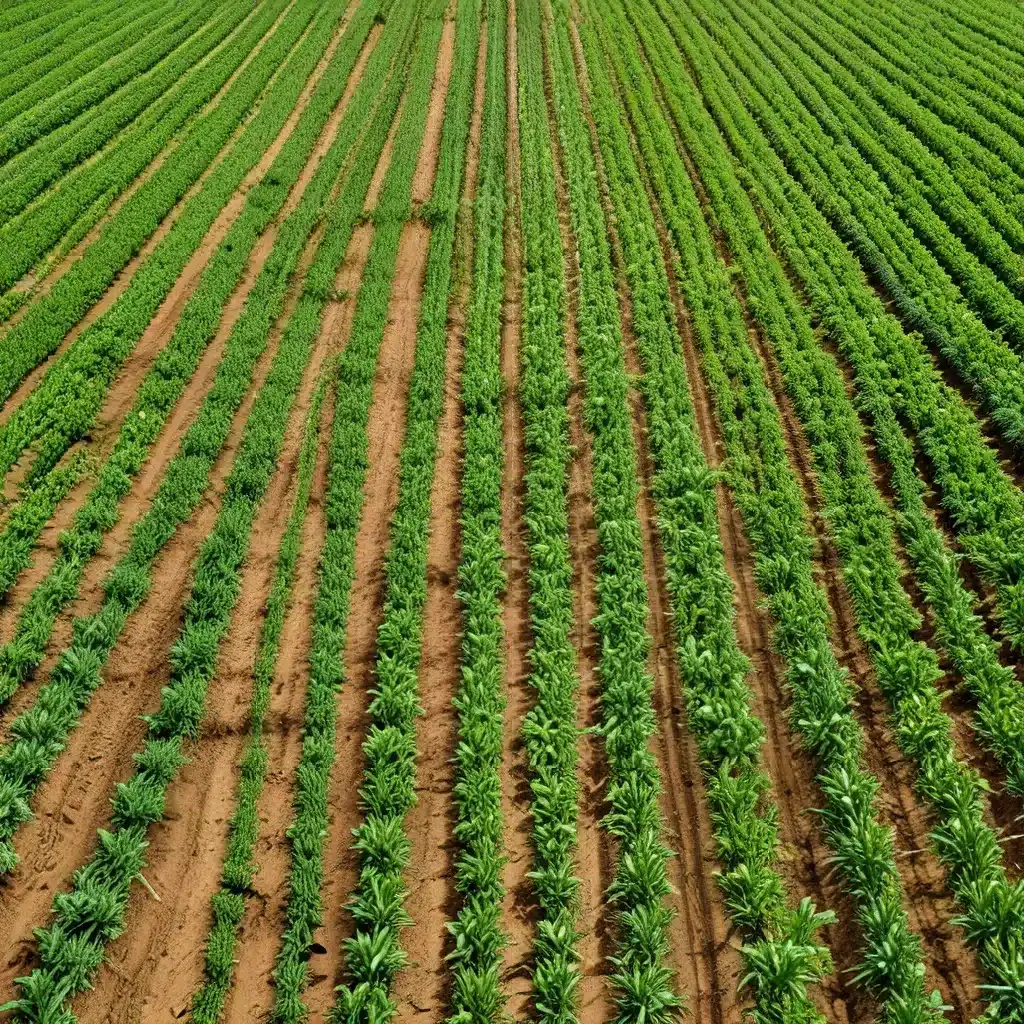
In the rapidly evolving realm of technology, sensor networks and the Internet of Things (IoT) have emerged as powerful tools for revolutionizing various industries, including the agricultural sector. As the world faces growing challenges in food security and environmental sustainability, the integration of sensor networks in agriculture has become a vital strategy for optimizing crop yields and resource utilization.
Unlocking the Potential of Sensor Networks in Agriculture
Sensor networks in agriculture consist of a vast array of interconnected devices, from soil moisture sensors to weather stations, that collect and transmit real-time data. These networked sensors provide farmers and agricultural professionals with a wealth of information, enabling them to make informed decisions and implement precise, data-driven management practices.
One of the key advantages of sensor networks in agriculture is their ability to monitor and respond to environmental conditions in real-time. Sensors strategically placed throughout a farm can track factors such as soil moisture, temperature, nutrient levels, and weather patterns. This comprehensive data allows farmers to optimize irrigation, adjust fertilizer application, and adapt to changing weather conditions, leading to increased crop yields and more efficient resource utilization.
Precision Agriculture: Enhancing Productivity and Sustainability
The integration of sensor networks in agriculture has given rise to the concept of precision agriculture, where data-driven decision-making is at the forefront. By leveraging the granular insights provided by sensor networks, farmers can tailor their management practices to the unique needs of individual crop plots or even individual plants.
This level of precision not only improves crop yields but also reduces the environmental impact of agricultural practices. For example, targeted irrigation based on soil moisture data can minimize water waste, while precision application of fertilizers can mitigate the risk of nutrient runoff and reduce greenhouse gas emissions.
Combating Pests and Diseases with Sensor-Driven Monitoring
In addition to optimizing resource utilization, sensor networks play a crucial role in detecting and managing pests and diseases in agricultural systems. Sensor-equipped monitoring systems can identify early signs of plant stress or pest infestations, allowing farmers to take immediate action to prevent the spread of disease or damage to crops.
Furthermore, sensor-driven analytics can help predict the likelihood of pest outbreaks or disease emergence, enabling proactive preventive measures and targeted interventions. This predictive capability not only safeguards crop yields but also minimizes the use of pesticides, contributing to more sustainable and environmentally-friendly agricultural practices.
Overcoming Challenges in Sensor Network Deployment
While the benefits of sensor networks in agriculture are clear, the deployment and management of these systems are not without their own challenges. Factors such as connectivity, power consumption, and data security must be carefully considered when designing and implementing a sensor network in an agricultural setting.
Connectivity is a crucial aspect, as remote or rural farm locations may lack reliable internet infrastructure. To address this, innovative solutions like LoRaWAN (Long Range Wide Area Network) and satellite-based connectivity are being explored to ensure reliable data transmission from the sensor nodes to the central monitoring system.
Power consumption is another critical consideration, as sensor nodes in agricultural settings may be difficult to access or service regularly. Energy-efficient sensor designs, solar-powered solutions, and advanced battery management strategies are being developed to extend the operational life of sensor networks in the field.
Data security is also a growing concern, as sensor networks in agriculture can generate a wealth of sensitive information about crop yields, pesticide usage, and farm operations. Robust encryption, access control, and data management protocols are essential to protect the privacy and integrity of the data collected by the sensor network.
The Future of Sensor Networks in Sustainable Agriculture
As the world grapples with the challenges of food security and environmental sustainability, the role of sensor networks in agriculture is set to expand and evolve even further. Advancements in artificial intelligence and machine learning are enabling the development of predictive analytics and autonomous decision-making capabilities, empowering farmers to make more informed and timely decisions to optimize their agricultural operations.
Furthermore, the integration of sensor networks with other emerging technologies, such as drones, robotics, and blockchain, is opening up new frontiers in precision agriculture. Drones equipped with multispectral cameras can survey vast farmlands, identify problem areas, and guide targeted interventions, while blockchain-based traceability systems can enhance the transparency and reliability of agricultural supply chains.
As sensor networks continue to revolutionize the agricultural sector, the future of sustainable farming holds immense promise. By leveraging the power of networked sensors, farmers and agricultural professionals can unlock new levels of productivity, efficiency, and environmental stewardship, paving the way for a more food-secure and sustainable tomorrow.
To explore more about sensor networks and IoT technologies, visit sensor-networks.org.